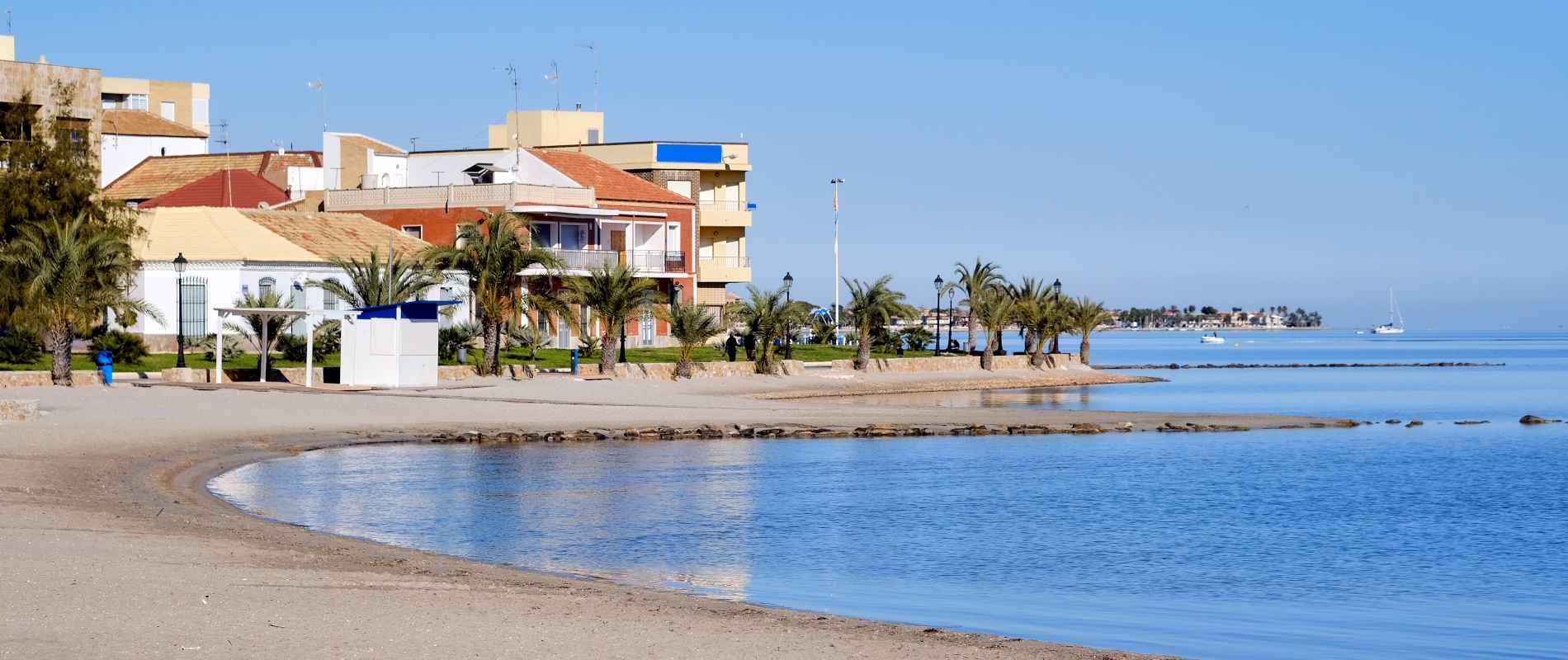
Jesper Bejerholm
Costa Blanca
Costa Cálida
Los Alcázares is a charming coastal town on the western shore of the Mar Menor in the Murcia region. Known for its warm, shallow waters, palm-lined promenades, and year-round sunshine, it is a favourite destination for families, retirees, and water sports enthusiasts.
Overview & History
Main Attractions
Outdoor & Nature
Markets & Local Cuisine
Festivals & Culture
Getting There & Location
Travel Tips
Final Thoughts
Los Alcázares offers a perfect balance of relaxed seaside living, cultural traditions, and outdoor activities, making it an appealing destination for both short visits and long stays.
